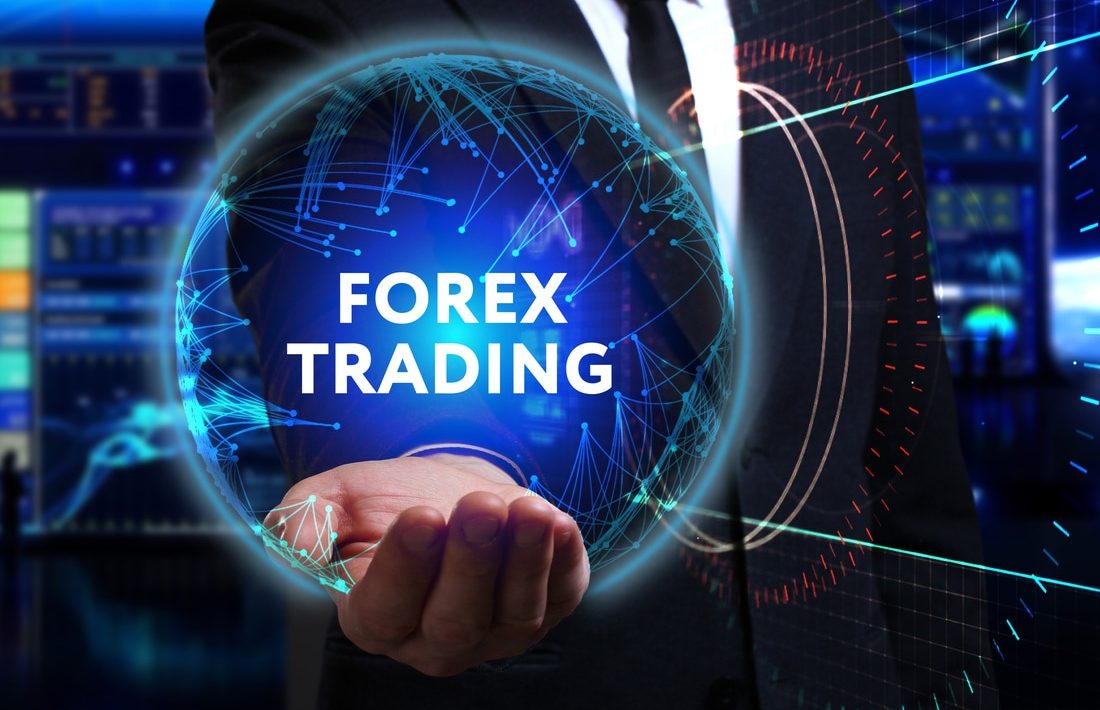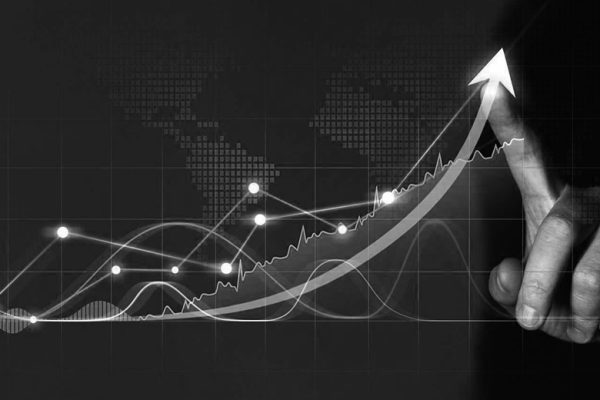The world of foreign exchange, otherwise known as forex, can initially appear intimidating, especially to those who are just beginning to dip their toes in the waters of this expansive territory. The prospect of diving into this new realm may appear fraught with trepidation, particularly to those without substantial experience or knowledge about financial markets. However, when equipped with the correct tools, adequate practice, and a solid grounding in the fundamentals, trading in the foreign exchange market can transform from an intimidating venture into a thrilling opportunity, ripe with potential rewards. For beginners, learning how to successfully navigate the foreign exchange market and trade forex can be an intellectually stimulating activity as well as financially beneficial. With these introductory insights in mind, let’s peel back the layers of complexity surrounding forex trading one by one, making its fundamental principles and methods easier to understand.
Table of Contents
Unravelling the Concepts of Forex Trading
Forex trading operates on the principle of exchanging one type of currency for another. The foreign exchange market is at the very pinnacle of international finance, handling voluminous transactions that scale up to trillions of dollars on a daily basis. It is a market that never sleeps, operating around the clock, 24 hours a day, resulting in continuous accessibility for traders, irrespective of their geographical location. Hence, the rhythm of this market aligns with the global market trends, challenges, and opportunities, making it exceptionally dynamic.
Initiating Your Journey with Forex Trading
To partake in the process of forex trading, you need to open an account on a forex trading platform. These platforms are designed to create an environment conducive to learning and trading, tailoring their services to accommodate the specific needs of forex traders. They offer a multitude of resources for learning and support, easy-to-use features, and comprehensive guides, thereby simplifying the overwhelming complexity of forex trading and helping beginners settle into the learning process. Generally, beginners start by operating a demo account that allows them to put their theoretical knowledge into practice. This mode enables traders to experiment with strategies and understand market dynamics without risking actual money, thus providing a safe space for learning.
Deciding on a Forex Trading Platform
Selecting the most appropriate trading platform is a crucial aspect of your journey in forex trading. This decision directly influences your learning curve and trading experience. Various factors need to be taken into consideration, including user-friendliness, availability of educational assets, customer support facilities, and the platform’s licensing credentials. Among many trading platforms available, TMGM surfaces as a commendable choice for beginners. It is lauded for its intuitive interface, enriching educational content, and excellent customer service, thereby matching the essential requirements of novices in forex trading.
Deciphering the Concept of Forex Pairs
At the heart of forex trading lies the concept of currency pairs. In simple words, your action in the forex market involves buying one currency and selling another. These two currencies together comprise a currency pair, consisting of a ‘base’ currency and a ‘quote’ currency. The value of the base currency is always canonically reflected relative to the quote currency. It is crucial to understand and interpret the complex dynamics that govern currency pairs, as it forms an integral part of forex trading.
Market Analysis in Forex Trading
In order to make critical trading decisions, understanding the analyses of the market is of paramount importance. Two types of analyses dominate the forex market: fundamental and technical. Fundamental analysis revolves around studying economic indicators that potentially influence the value of a currency, such as economic reports, geopolitical events, and policy changes. On the other hand, technical analysis gives a visual representation of price actions while identifying potential trading patterns based on historical data and statistical metrics. Both of these forms of market analysis serve as instrumental tools for making informed trading decisions.
Risk Management in Forex Trading
Every form of trading inherently involves elements of risk. However, the skill lies in managing these risks intelligently. Implementing a ‘stop-loss order’ can be remarkably helpful in this respect by limiting potential losses on a trade. Additionally, diversifying your investment portfolio and refining your ability to scrutinize trends and indicators can further aid in managing risks effectively.
Strategizing in Forex Trading
Formulating a coherent and flexible strategy is fundamental to forex trading. Different trading strategies are adopted based on the situational market analysis and the individual risk tolerance level. Some of the most popular forex trading strategies involve Day Trading, Swing Trading, Position Trading, and Scalping. Each methodology has its unique pros and cons, and a clear understanding of these allows traders to select the one that aligns best with their financial goals and risk management plans.
Taking the First Step Towards Forex Trading
Despite the complexities involved, forex trading carries a certain allure—whether it’s the thrill of participating in a global market, the potential for financial gain, or the pursuit of financial independence. However, bear in mind that forex trading is not a quick or easy path to amassing fortune. Mastery over the art of forex trading requires time, perseverance, and continuous learning. You need to equip yourself with thorough knowledge, practice diligently on a demo account, strategically select your trading platform, and learn from every trade that you make. With sustained effort, a clear strategy, and a dose of patience, it won’t be long before you find yourself proficient in the art of forex trading.
Conclusion
Learning forex trading can, at times, seem like a steep, challenging uphill climb, but the rewards upon reaching the summit make every step of the learning process inherently worthwhile. Remember to keep yourself updated with the latest market trends, maintain consistency in your learning process, and never fear mistakes, as learning also emerges from trial and error. The path to forex trading mastery is an exciting journey filled with opportunities and insights. So, take the plunge, seize the opportunities, and explore the thrilling world of forex trading that awaits you.





